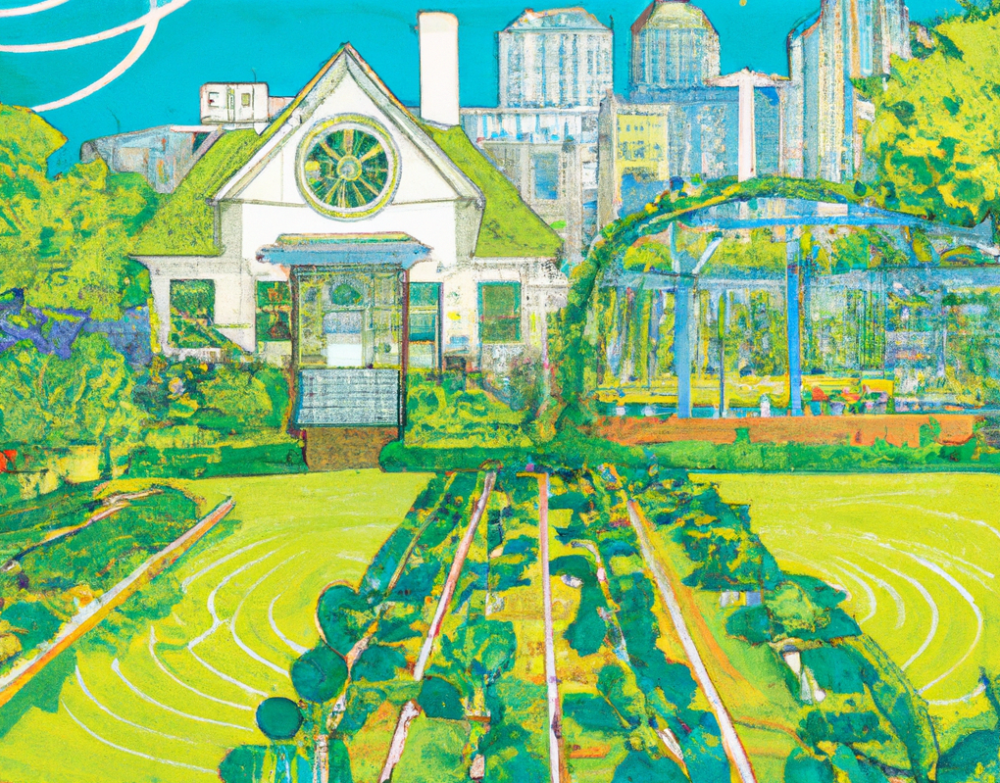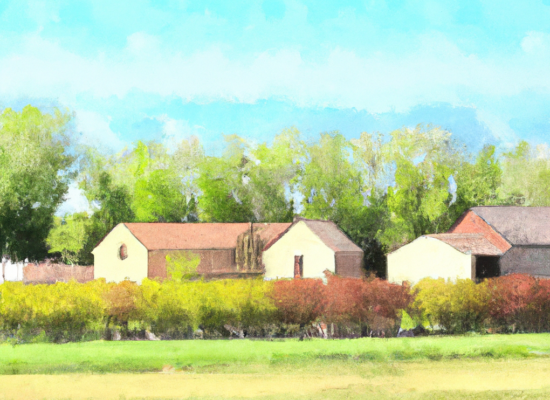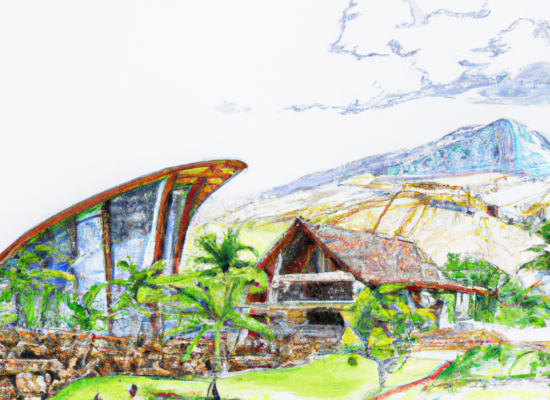Grow freedom, one seed at a time. Your backyard, the revolution.
In today’s fast-paced world, urban dwellers are seeking sustainable and self-sufficient alternatives to combat rising food prices and concerns over food quality. Homesteading and urban permaculture have emerged as powerful solutions, empowering individuals to transform their city lots into bountiful food forests. In this article, we will explore the key elements of urban permaculture and homesteading, providing practical insights on how to embrace these practices and transform your city lot into a thriving food forest.
- Understanding Urban Permaculture: Urban permaculture is a design system that integrates the principles of permaculture into an urban setting. By mimicking the patterns and processes found in nature, urban permaculture aims to create productive and sustainable ecosystems. It offers a holistic approach to urban gardening, fostering biodiversity, and maximizing the efficient use of resources.
- The Benefits of Homesteading: Homesteading has gained popularity in recent years due to various reasons. One of the primary motivations is the desire for a more sustainable and self-sufficient lifestyle. Homesteading allows individuals to grow their own food, raise livestock, and produce their own energy, reducing reliance on external sources. It offers a simpler way of life, providing an opportunity to connect with nature, reduce environmental impact, and save money.
- Getting Started with Urban Permaculture: To embark on your urban permaculture journey, start by assessing your city lot. Evaluate factors such as soil quality, sunlight exposure, available space, and local climate. This initial assessment will help you understand the unique characteristics of your urban lot and guide your design decisions. Design your food forest, considering different layers of vegetation and incorporating elements like water features and composting systems. Select suitable plants that thrive in an urban environment and promote biodiversity. Regular maintenance, such as mulching, pruning, and pest control, will ensure the health and productivity of your food forest.
- The Role of Homesteading in Environmental Preservation: Homesteading goes beyond growing your own food; it plays a crucial role in environmental preservation. By avoiding the use of harmful pesticides and synthetic fertilizers, homesteaders contribute to a healthier ecosystem. They employ sustainable practices such as composting, rainwater harvesting, and natural pest control. Homesteading fosters a sense of responsibility towards the land and promotes a harmonious relationship with nature. Additionally, the reduction in transportation and packaging associated with store-bought produce further minimizes environmental impact.
- The Rewards of Self-Sufficiency: Embracing urban permaculture and homesteading brings a multitude of rewards. Achieving self-sufficiency provides a sense of empowerment and resilience in the face of economic uncertainties. It promotes a healthier lifestyle through access to fresh, organic food and physical activity. Homesteading also fosters a deep connection with the natural world, offering opportunities for creative expression and personal fulfillment. Furthermore, the financial savings associated with growing your own food and producing your own goods can enhance overall financial stability.
- The Importance of Community: While homesteading can be an individual pursuit, it is important to recognize the value of community in this lifestyle. Engaging with like-minded individuals through local homesteading groups or online communities allows for the exchange of knowledge, support, and resources. Community connections can provide inspiration, practical advice, and opportunities for collaboration, enhancing the homesteading experience.
Embrace urban permaculture and transform your city lot into a thriving food forest. By incorporating the principles of permaculture and homesteading, you can create a sustainable and self-sufficient oasis in the midst of the urban landscape. Take the first step by assessing your city lot, designing your food forest, and selecting suitable plants. Embrace a simpler way of life and experience the rewards of self-sufficiency, from improved well-being to reduced environmental impact.
Remember, this journey towards urban permaculture and homesteading is unique to each individual and location. Continuously learn, adapt, and share your experiences with like-minded individuals. Together, we can create a greener, more sustainable future.
Note: As an affiliate of Food Forest Abundance, I may earn a small commission from purchases made through the following links: Food Forest Abundance and Food Forest Abundance Shop. This helps support my work in providing valuable content and resources to readers like you.
Embrace urban permaculture and transform your city lot into a food forest. The revolution isn’t coming, it’s already growing under your feet!
 Copyright secured by Digiprove
Copyright secured by Digiprove 


